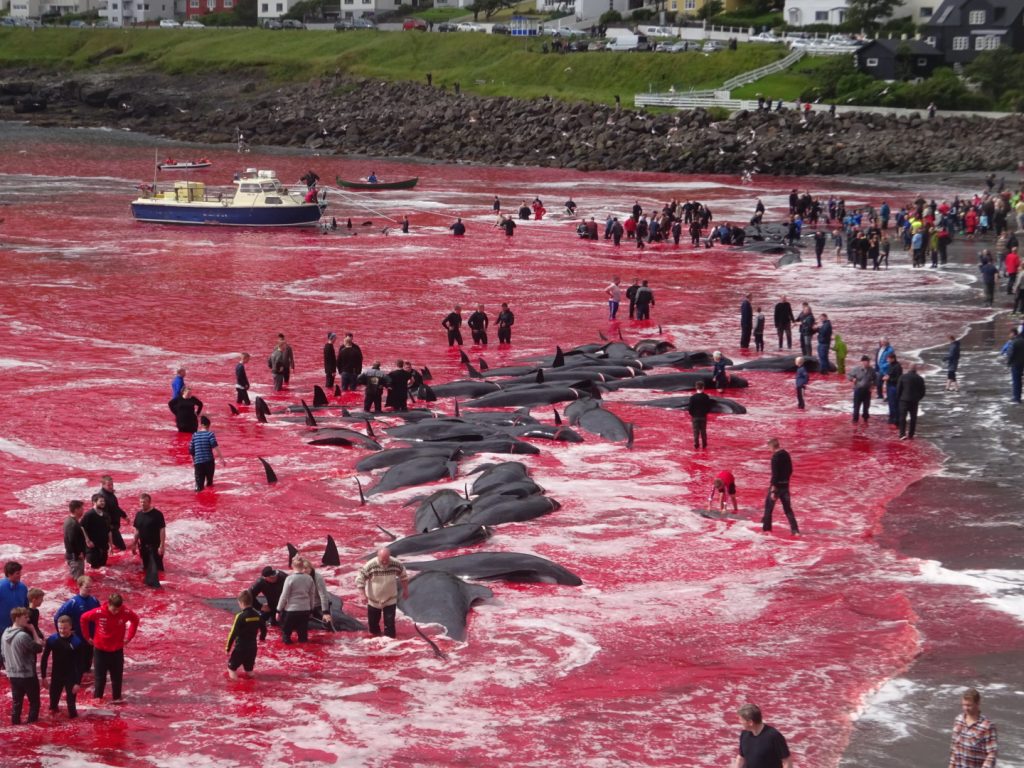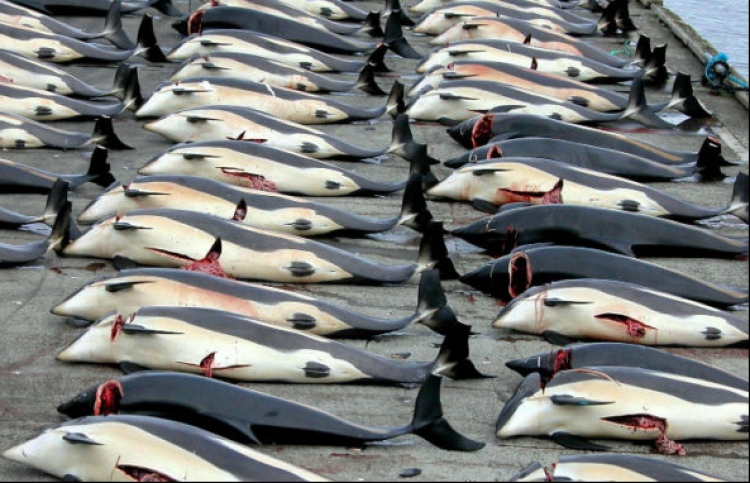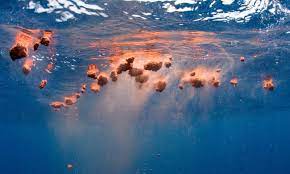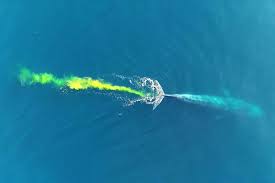Who Are the Biggest Influencers on Earth?
Not a millennial in Byron Bay, or a New York housewife, but a baleen whale. Baleen whales, the humpback, minke or great blue, influence the ecosystem through immense consumption and nutrient recycling, according to an article published recently in the journal Nature. The article offers new insight into the huge impact this has on the ocean ecosystem.

Whale Watching
Have you seen a whale in the last week or so? Stand on any Australian east coast shoreline long enough and you will. They are wonderful to watch, breaching, slapping their mighty tails, leaping high above the waves as effortlessly as any aerial acrobat. Yet these marine mammals can weigh up to 30,000 kilograms and grow as long as 30 metres. They are the biggest animals on Earth, ever. It takes a lot of food to maintain that weight!
Humpback whales consume 5% to 30% of their body mass in krill, an estimation that is three times what scientists have previously believed, according to the article authors.
We need whale poo, so we need whales.
The beneficial impact on the marine ecosystem of this consumption and subsequent waste excretion, is immense. Even better, its influence is growing every year as whale numbers start to recover from the cessation of whaling (in all countries except Japan, Norway and Iceland).

Image from The Sun, UK 
A Whale-led Recovery?
“Our results say that if we restore whale populations to pre-whaling levels seen at the beginning of the 20th century, we’ll restore a huge amount of lost function to ocean ecosystems,” said study co-author Nicolas Pyenson of the Smithsonian National Museum of Natural History.
“It may take a few decades to see the benefit, but it’s the clearest read yet about the massive role of large whales on our planet.”
If one were to bastardise Newton’s Third Law, that for every action there is an equal and opposite reaction, you may begin to get our drift. In this case, veritable islands of whale excretion drifting through the oceans, like floating fertiliser.
The Life Cycle of Whale Poo
The whale ingests tons of krill during its feeding season and then excretes a similar amount of faeces as it migrates. Whale poo is rich in nutrients, especially iron, which makes them like the giant fertilisers of the ocean, according to Dr Vanessa Pirotta, a marine ecologist at Macquarie University.
‘Whales feed in one area, and poo in another … so they are able to move huge amounts of biomass from one area to another,’ said Dr Pirotta.
These nutrients are suspended in the poo at the surface of the ocean, where they fuel blooms of microscopic phytoplankton. Phytoplankton are at the bottom of the food chain. They feed the smallest fish, which feed the bigger fish and so on, all the way up the food chain to us.
We need whale poo, so we need whales. Lots of them.
Supersize Me, Please
Thus it is obvious that the rising whale population is good news for more than just the tourist industry. The article authors believe that in the Southern Ocean alone, pre-whaling populations of baleen whales ‘annually consumed 430 million tons of Antarctic krill (Euphausia superba), twice the current estimated total biomass of E. superba, and more than twice the global catch of marine fisheries today.’
That’s a more Earth-changing influence than every Kardashian rolled into one.
That is a lot of fertiliser that was taken away when the whales were all but wiped out by whaling. Restoring the baleen whale population and their ‘nutrient recycling services’ could augment productivity and restore ecosystem function lost during 20th century whaling. That’s a more Earth-changing influence than every Kardashian rolled into one.

Why Are We Sharing This?
Gowings Whale Trust is a NFP organisation dedicated to raising awareness of the importance of marine mammals, particularly whales. We partner with environmental groups like Sea Shepherd and businesses like FCS, to fund the activism that protects marine life.
And we just love whales. What’s not to love?
If you do too, help us help the whales by donating, or entering your best whale shot in our Whale Watching Photo Competition.




